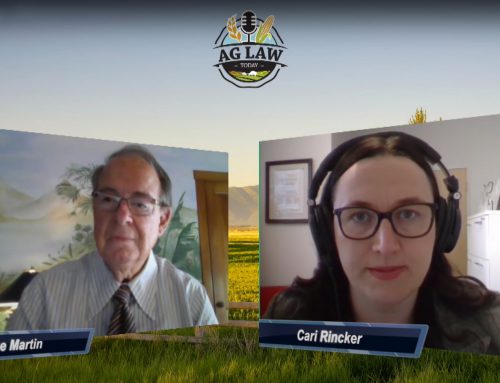Honesty is a key component in a successful attorney – client relationship. There is a difference between honesty and accuracy when it comes to reviewing testimony, especially with eye witness testimony. If there is a car accident and there are five eye witnesses, you will hear five different versions of what happened. Witnesses will see different models of the car, different colors, and different versions of the accident. While each will be honest in their testimony, they won’t necessarily be accurate. Their recollection depends on what they were focused on during the accident. The attorney in a case like this would talk to all of the witnesses but more importantly, he or she would try to find the car.
When our office is contacted by a client, there are specific steps we take to ensure we gather as much information and evidence as possible, and as quickly as possible. Our team will visit the site where the incident occurred, take photos, review laboratory reports and examine many pieces of information. We review the circumstantial evidence, which requires an inference to connect it to a conclusion of fact. We talk to eye witnesses, and we review direct evidence, which supports the truth directly.
To corroborate the evidence we find at the site, we rely on complete honesty from our clients. It is key to building a case. A trial is a morality play. Our office represents farmers as the plaintiff’s lawyer and often our claims are against large companies, like chemical companies. But in any type of case, it is imperative to be completely honest with your attorney. The Law of Pragnanz makes it natural for our mind to want to fill in what it believes should have happened. This changes for each individual based on their own frame of reference. However, clients should share only what they know and as they honestly recall it.




